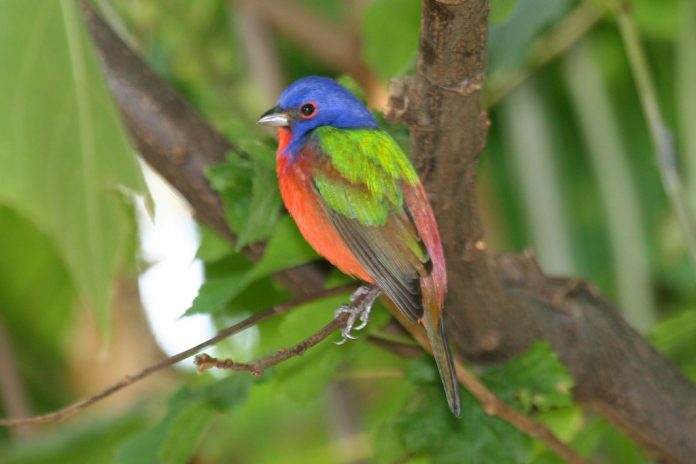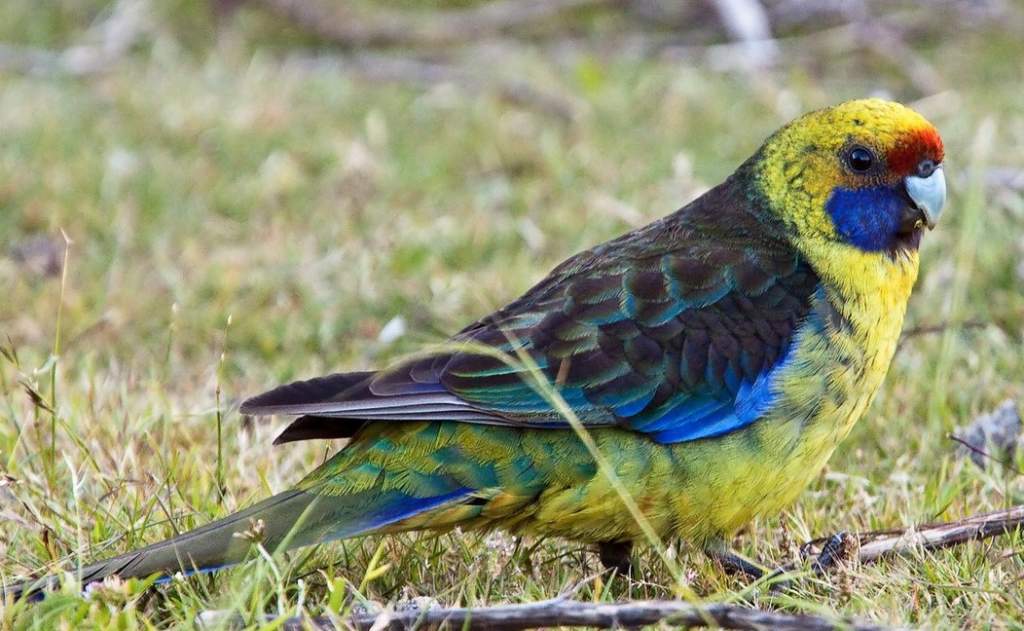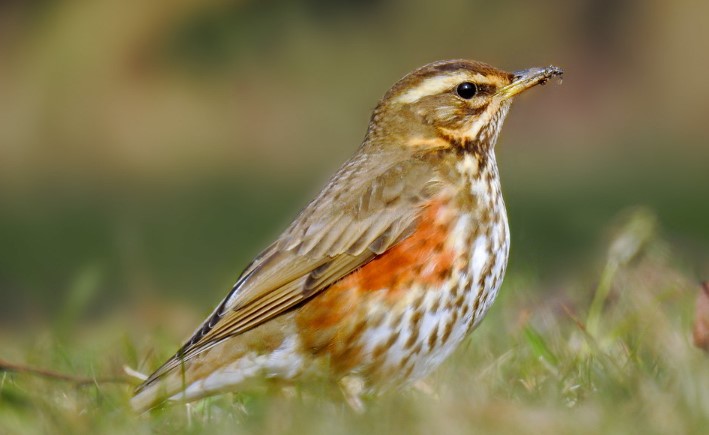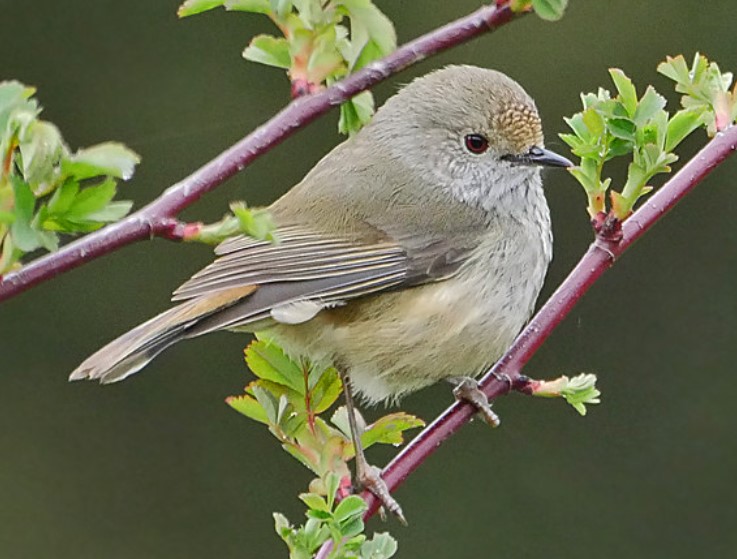Birds’ songs are very melodious in their habitats. Painted bunting songs are one of the most captivating sounds in nature. Painted bunting (Passerina ciris) is a transatlantic vagrant. The adult male is unmistakable and indeed astonishing in appearance with its dark blue head, green mantle, and red rump and underparts. The adult female bird is also exclusive, being a small, olive-green, finch-like bird that is rather yellower below but lacks any streaking or any wing and tail markings.

First-year (particularly female) is rather duller and browner above, but is still less brown than female/first-winter male Indigo or Lazuli Buntings (with a greenish tinge), lacks wing bars, has a yellow tinge on underparts, and also lacks streaking on breast-flanks shown by Indigo Bunting.
Hence, similar to others of the genus is skulking by nature, feeding on the ground among dense weedy cover or under bushes; despite its bright coloration, often hard to observe. In the native range, visit garden bird tables and birdbaths. The adult male bird shows bright coloration all year.
First-years resembles adult female, but young females are more brownish-olive, less green, above, and more buffish-yellow below; young males are initially similar but by late autumn become brighter green above and brighter yellow below than adult female; by first spring, most young males show traces of red on the breast and dark blue on the head (completely adult plumage being achieved by the second autumn).
This amazing, colorful bird represents intelligence and knowledge, with a deep emphasis on songs. It sings from the bottom of your heart, adding color and vitality to your life. Painted bunting calls include a sharp ‘chip’ or ‘chirp’. The painted bunting song is a rich, varied, high-pitched musical series of sweet notes (thinner and sweeter than the song of Lazuli Bunting). The song lasts approximately two seconds. In the spring, the male song rate is 8 to 9 songs per minute from many perches within his territory.
Therefore, the accurate status is unclear, as at least some are suspected to be escaped cage birds. The natural range favors bushy and weedy fields, hedgerows, woodland edges, overgrown roadsides, large gardens, and other shrubby, tangled habitats frequently near water.

With its violet-blue head, red underparts, and vibrant lime-green back, the adult male Painted Bunting is the most brightly colored bunting in North America. The female is dull yet distinctive as one of the few truly green songbirds of the region. There are two populations that are different in molt pattern. Western birds molt after leaving the breeding grounds, while eastern birds molt before they depart for the winter.
Painted bunting breeds in dense thickets and other disturbed areas across the south-central US, northern Mexico, and along the East Coast. Western birds winter from tropical Mexico to western Panama. Painted Bunting voice is a soft, ringing, upward-slurred pip!; Flight Call is slurred, softer, and flatter than Indigo Bunting; however, its song is a sweet, relatively clear warble.







